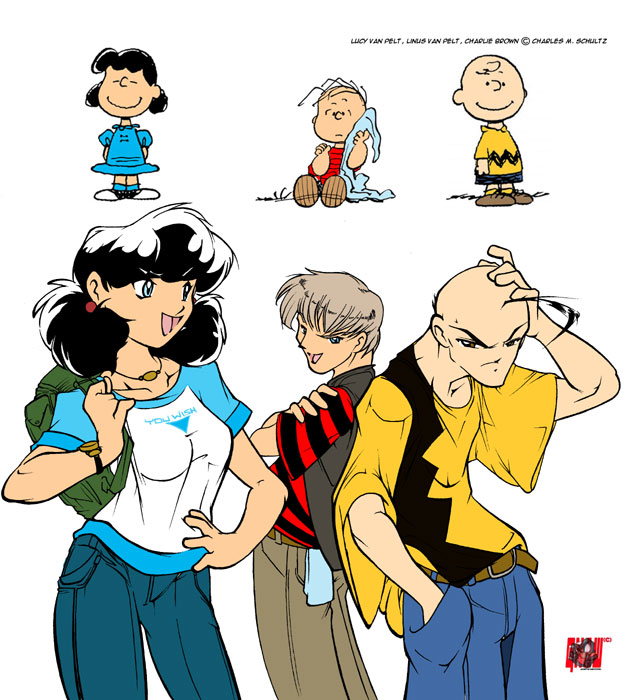They Just Don't Get It
Politicians continue to take the gay vote for granted. Personally, with the stances that Republicans take on social issues I don’t see how anyone with an alternative lifestyle can vote republican. Well, today, while listening to last week’s “Wait Wait Don’t Tell Me”, I found out that recently John McCain fired some of his campaign staffers. His complaint? He wanted them to stop dressing him in “gay sweaters” on the campaign trail. Wow….
Civ 4: Beyond the Sword
Will be out either tomorrow or wednesday. Gamestop says tomorrow and Best Buy’s website says Wednesday. I played one last Warlords Game and did pretty well. I think this was my third best score in the expansion pack. So you can download it and play this last turn and add it to your high score if you want something to beat or something to laugh at. Eric XI of the Chinese would be happy!
Charlie Brown - Manga Style!
Check out this link to see some really awesome shots of Charlie Brown - redone in manga style!
Here’s one sample:

"Wedge"
" Wedge" will be my next animated short film. It will be around 3 minutes long and will, if things go well, feature a soundtrack by my good friend Mauricio Tinoco. This is the project I was working on when I decided to make " Jose’s Dinner" I came up with the idea for “Wedge” in March of this year and I hope to have it done by the end of this year, although I may be able to finish earlier or it may take longer. I really want to do this one well and take the time to make good textures and as good an animation as I can. Here’s to " Wedge"!
Shrodinger's Cat
My latest attempt at computer animation is called, Shrodinger’s Cat. Check it out!
Why Linux is better than Windows Vista
I was recently in a hotel room with my wife and her brother and sister. We both have the exact same acer computer - the Acer Aspire 3680-2022. I have Ubuntu on mine and he has Windows Vista. We bought them both at the same time. So this is IDENTICAL equipment. And in the hotel room he could not get a wireless signal while I was able to get a nice sustained signal the entire time. It’s not what Microsoft wants to hear, but in this case Ubuntu was BETTER on wireless than Windows!! That’s right - Linux IS ready for the desktop NOW! Not next year - now!
Stats are back in Vimeo.....
and I’m happy to say that today I got 35 views on " Jose’s Dinner" too bad no one’s leaving comments. But perhaps most of my viewers are not from the vimeo community.
Infinity on High is Worth the Money
Often the biggest gripe people have about CDs is that they are two or three hit singles packaged with a bunch of crap to justify selling it to you for $12 or more. I’ve felt that way many, many times. The phenomenon is a large part of the reason behind models like iTunes. In fact, the record companies STILL don’t get it - that’s why they offer you a discount if you buy the whole album vs the singles. One day they’ll learn that artists should only release their good songs. People will buy them a la carte.
What I wish I could do to politicians
" Wikipedian Protester" from the great mind behind xkcd.

Every time politicians speak, I want to question their numbers, to force them to quantify where it came from. No one has the balls to do this out there other than Colbert and John Stewart who will play back to back quotes of politicians contradicting their selves. Seriously, does the rest of the news industry work for the Ministry of Truth?